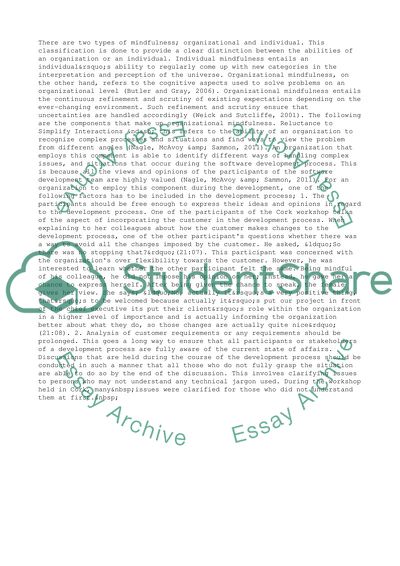Cite this document
(Organizational Mindfulness Report Example | Topics and Well Written Essays - 3000 words, n.d.)
Organizational Mindfulness Report Example | Topics and Well Written Essays - 3000 words. https://studentshare.org/management/1399030-becoming-agile-through-mindfulness
Organizational Mindfulness Report Example | Topics and Well Written Essays - 3000 words. https://studentshare.org/management/1399030-becoming-agile-through-mindfulness
(Organizational Mindfulness Report Example | Topics and Well Written Essays - 3000 Words)
Organizational Mindfulness Report Example | Topics and Well Written Essays - 3000 Words. https://studentshare.org/management/1399030-becoming-agile-through-mindfulness.
Organizational Mindfulness Report Example | Topics and Well Written Essays - 3000 Words. https://studentshare.org/management/1399030-becoming-agile-through-mindfulness.
“Organizational Mindfulness Report Example | Topics and Well Written Essays - 3000 Words”. https://studentshare.org/management/1399030-becoming-agile-through-mindfulness.


